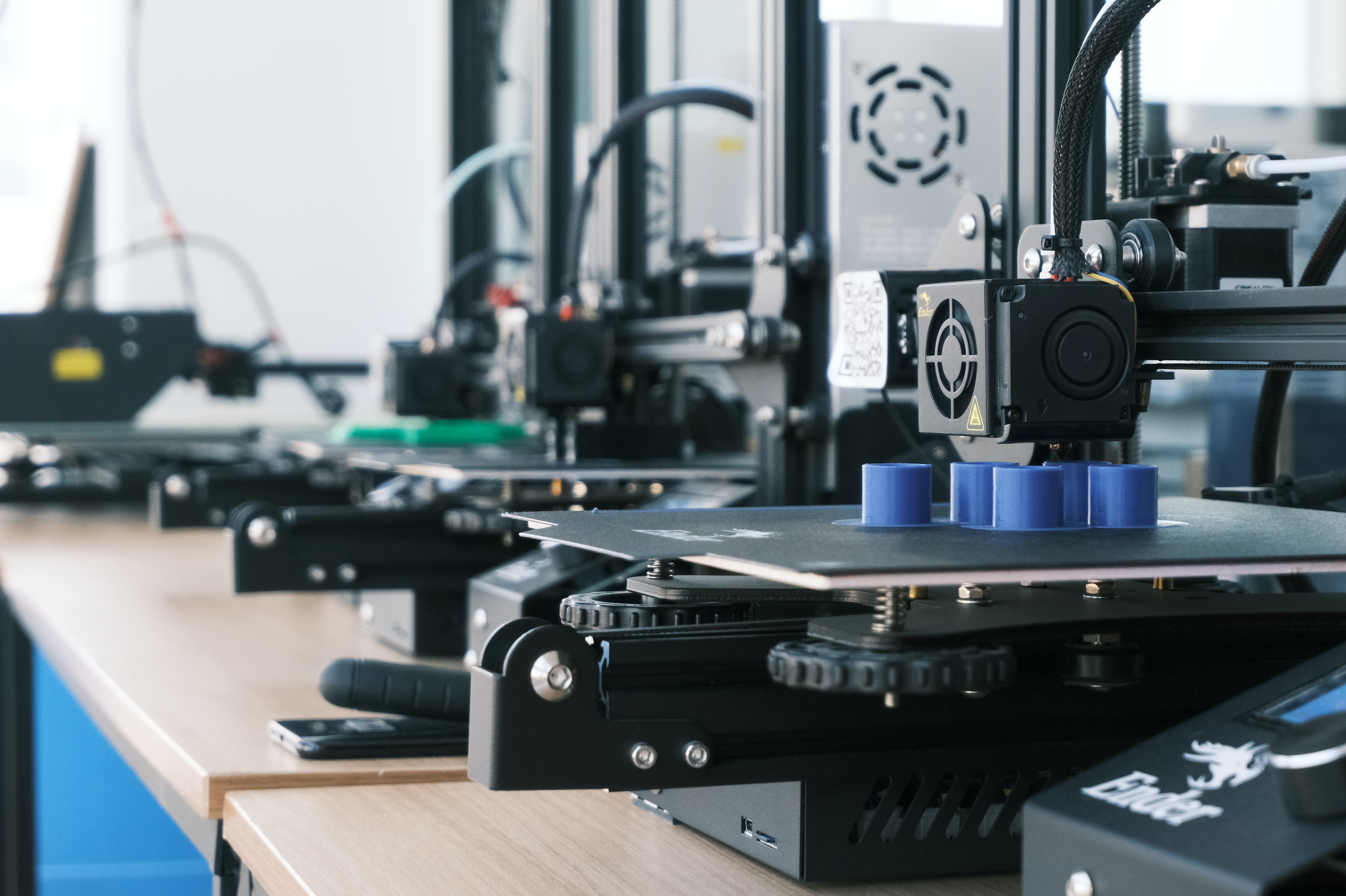What is computer-aided manufacturing (CAM)?
Computer-aided manufacturing (CAM) uses software to provide detailed instructions (G-code) to inform the computer numeric control (CNC) machinery on producing objects by generating toolpaths. Toolpaths are the tracks followed by the cutting tool during the machining process.
CAM software helps automate the process of manufacturing. It reduces wastage and increases production efficiency allowing manufacturers to produce parts in less time. It works in tandem with computer-aided design (CAD) software to streamline processes and manufacture objects with high levels of precision and accuracy.
Benefits of using computer-aided manufacturing (CAM)
CAM can help manufacturers in the following areas:
- Process automation: CAM systems identify the steps involved in manufacturing the product and automatically guide the actions of the machinery. It eliminates dependency on manual operations and increases cost efficiency and productivity.
- Machining: Machining refers to a material-removal process in which a material is cut using a controlled machine to give it a desired shape and size. CAM helps manufacturers improve machining capabilities to facilitate the production of parts and finished products. CAM tools are used for creating CNC programs that direct the machines to manufacture components with high precision and accuracy.
- Integration: CAM software can easily integrate with CAD tools. Integrating CAD and CAM platforms facilitates effective communication among the design and manufacturing teams. The teams can share data and make necessary changes in real time, ensuring increased productivity and efficiency.
Impacts of using computer-aided manufacturing (CAM)
The following are some of the impacts of using CAM:
- Cost control: CAM makes use of systems that are capable of simulating the object to be manufactured. Allowing manufacturers to conduct a virtual simulation helps identify potential errors and rectify them before producing the finished product. This helps save costs that would otherwise be spent on producing the same product again in case of a flaw in the initial process.
- Less potential hazards: CAM leverages automated systems to monitor the machinery and ascertain any potential flaws in the systems. If any issue is detected, it generates alerts to notify the users on time. This helps in taking corrective measures and resuming processes without any delay.
- Effective management: CAM involves using computers to control various activities such as project management, material planning, inventory control, reporting, testing, and quality control. This empowers the manufacturer to efficiently manage the entire manufacturing process and thus helps produce high-quality parts and products. CAM also helps manage changes in production as and when required.
- Reduced wastage: Leveraging 5-axis machinery, CAM systems can manufacture quality parts and sophisticated products. 5-axis denotes the number of directions in which the cutting tool is capable of moving. CAM also provides high-speed machine tool paths that enhance the speed at which objects are manufactured. With CAM, manufacturers can easily produce objects that have complex geometries. All these factors reduce the wastage of material and time.
Computer-aided manufacturing (CAM) vs. Computer-aided design (CAD)
CAD involves using software to create 2D technical drawings or 3D models of products based on user inputs. It has replaced the outmoded, error-prone, and time-consuming manual drafting of 2D and 3D models. It allows designers to draw technical designs of the part or product to be manufactured efficiently and with high precision. CAD tools also facilitate stakeholder collaboration by allowing them to share CAD files electronically with colleagues and customers.
CAM uses software to control machine tools in the manufacturing process. CAM software takes the CAD models as inputs and converts them into detailed manufacturing instructions, which the machine can interpret to manufacture parts and finished goods. In other words, CAM software translates the geometrical designs for the machines. Thus, without CAD software, CAM software cannot function.

Anindita Sengupta
Anindita is a Senior Research Analyst at G2 specializing in cloud technologies, CAD & PLM software, and web hosting services. With over five years of experience in market research, Anindita has a proven track record of tracking, analyzing, sizing, and forecasting the industrial printer and B2B software markets. Her passion for technology and staying up-to-date with the latest software trends makes her an invaluable asset to B2B buyers and sellers of software. When she's not immersed in market research, Anindita loves to read and explore new destinations, constantly fueling her curiosity and creativity.

